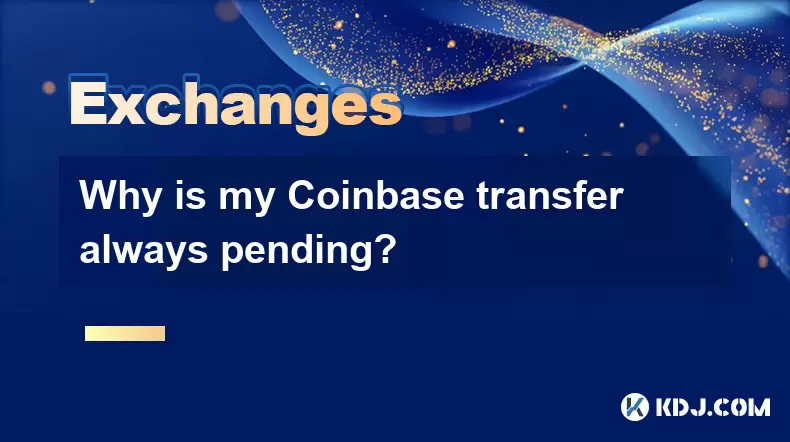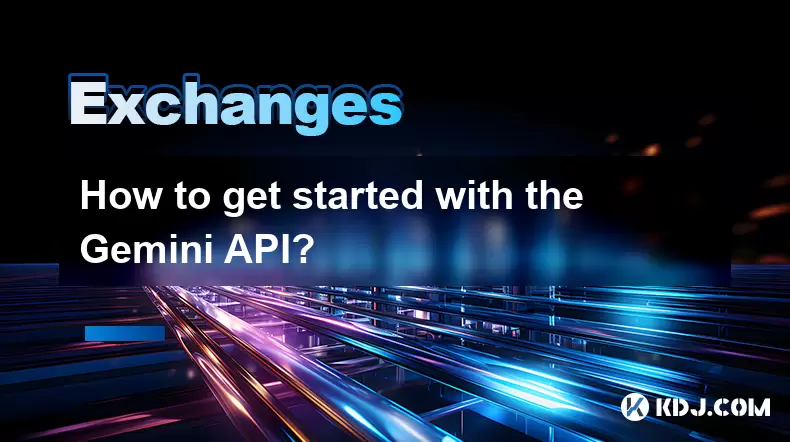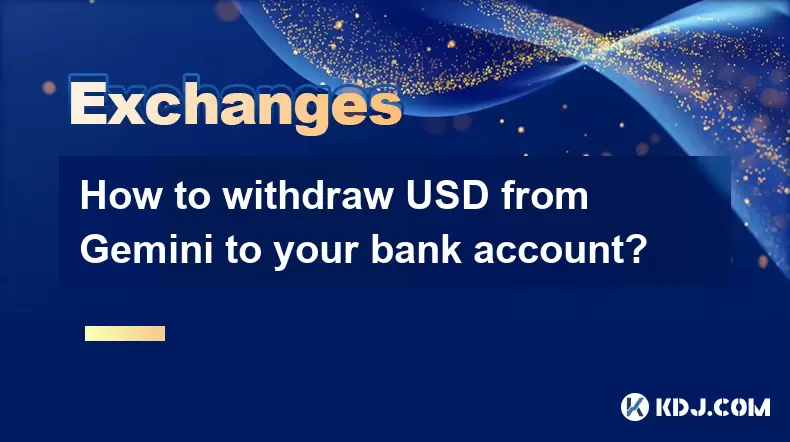-
 Bitcoin
Bitcoin $115000
0.12% -
 Ethereum
Ethereum $3701
4.50% -
 XRP
XRP $3.081
2.99% -
 Tether USDt
Tether USDt $0.0000
-0.01% -
 BNB
BNB $767.9
1.45% -
 Solana
Solana $169.5
3.13% -
 USDC
USDC $0.9999
0.01% -
 Dogecoin
Dogecoin $0.2106
4.30% -
 TRON
TRON $0.3334
1.62% -
 Cardano
Cardano $0.7564
2.54% -
 Stellar
Stellar $0.4165
0.76% -
 Hyperliquid
Hyperliquid $38.75
0.25% -
 Sui
Sui $3.593
3.00% -
 Chainlink
Chainlink $17.08
3.59% -
 Bitcoin Cash
Bitcoin Cash $573.6
4.35% -
 Hedera
Hedera $0.2508
-0.84% -
 Avalanche
Avalanche $23.07
6.46% -
 Ethena USDe
Ethena USDe $1.001
-0.02% -
 Litecoin
Litecoin $120.8
8.17% -
 UNUS SED LEO
UNUS SED LEO $8.943
-0.32% -
 Toncoin
Toncoin $3.400
-5.60% -
 Shiba Inu
Shiba Inu $0.00001255
1.54% -
 Uniswap
Uniswap $9.908
6.32% -
 Polkadot
Polkadot $3.718
2.10% -
 Monero
Monero $303.0
-0.74% -
 Dai
Dai $0.9999
-0.02% -
 Bitget Token
Bitget Token $4.392
0.91% -
 Cronos
Cronos $0.1403
6.31% -
 Pepe
Pepe $0.00001076
1.13% -
 Aave
Aave $267.2
1.80%
Why is my Coinbase transfer always pending?
A pending Coinbase transfer often results from network congestion, incorrect addresses, verification issues, or platform delays, but checking confirmations and contacting support can help resolve it.
Jun 12, 2025 at 05:07 am

Understanding Pending Transfers on Coinbase
If you've ever asked, "Why is my Coinbase transfer always pending?", you're not alone. Many users experience delays when sending or receiving cryptocurrency through the platform. A pending status can be caused by a variety of factors ranging from network congestion to incorrect transaction details. Understanding these causes is crucial for resolving the issue quickly and efficiently.
Coinbase processes transactions on blockchain networks, which are decentralized and rely on miners or validators to confirm transfers. When a transaction is marked as "pending," it typically means that it has been broadcasted to the network but hasn't yet received enough confirmations to be finalized.
Blockchain Network Congestion
One of the most common reasons for a pending transfer is blockchain network congestion. Popular blockchains like Ethereum or Bitcoin can become overloaded during periods of high activity. This results in slower confirmation times because there are more transactions waiting in the queue than the network can handle at once.
- During high-traffic events such as NFT drops or market volatility, fees increase significantly due to demand for block space.
- If your transaction was sent with a low gas fee (on Ethereum) or low miner fee (on Bitcoin), it may take longer to process.
- Coinbase usually sets default fees based on current network conditions, but users can manually adjust them if they want faster processing.
To check if this is the case, you can use a blockchain explorer like Etherscan or Blockchair to look up your transaction hash and see how many confirmations it has received so far.
Incorrect Recipient Address or Network
Another frequent cause of pending transfers is sending funds to an incorrect address or using the wrong network protocol. For example, sending ERC-20 tokens via the BEP-20 network can result in lost or stuck funds.
- Always double-check the recipient's wallet address before confirming any transaction.
- Ensure you're using the correct network (e.g., Ethereum for ETH/ERC-20 tokens, Binance Smart Chain for BEP-20 tokens).
- If you accidentally send funds to the wrong network, contact Coinbase Support immediately — recovery may still be possible depending on the token type and wallet used.
Using third-party wallets like MetaMask or Trust Wallet also increases the risk of misconfiguring networks, especially when bridging between chains.
Wallet Verification and Account Restrictions
Sometimes, the delay isn't related to the blockchain itself but rather to wallet verification issues or account restrictions on Coinbase. If your identity verification is incomplete or flagged, Coinbase might hold outgoing transfers until the issue is resolved.
- Log into your Coinbase account and check if there are any pending verification steps.
- Review your email for notifications from Coinbase regarding suspicious activity or required documentation.
- Account holds or limitations can occur due to security concerns or unusual login attempts.
In some cases, Coinbase may temporarily freeze accounts suspected of fraudulent behavior or regulatory violations. Resolving these issues often involves submitting identification documents or contacting customer support directly.
Internal Coinbase Processing Delays
Although rare, internal system errors or maintenance on Coinbase's side can also cause transfers to remain in a pending state. These issues can affect both incoming and outgoing transactions and are usually temporary.
- Check the official Coinbase Twitter or Status page for any ongoing service disruptions.
- Delays sometimes occur during scheduled maintenance or unexpected outages.
- If multiple users report similar problems, it’s likely a platform-wide issue rather than a personal error.
If you suspect the problem lies with Coinbase’s backend systems, wait for a few hours and then check the transaction status again. If it remains unresolved, reach out to their support team for assistance.
What You Can Do to Resolve a Pending Transfer
If your transfer continues to show as pending after several hours, there are several actions you can take:
- Use the transaction ID (hash) to track the status via a blockchain explorer.
- Contact Coinbase Support and provide them with the transaction hash and timestamp.
- For Ethereum-based transfers, consider increasing the gas price if the option is available.
- Verify that your recipient wallet supports the token being sent (some wallets don’t accept certain tokens).
Avoid initiating another transaction until the first one clears or fails, as this could lead to duplicate charges or further confusion.
Frequently Asked Questions
Q: How long can a Coinbase transfer stay pending?
A: Typically, most transfers receive confirmation within minutes to a few hours. However, during extreme network congestion or technical issues, it can take up to 24–48 hours.
Q: Can I cancel a pending transfer on Coinbase?
A: No, once a transaction is broadcast to the blockchain, it cannot be canceled. It will either be confirmed or rejected automatically by the network.
Q: Will Coinbase refund me if my transaction fails?
A: Yes, if a transaction fails or gets rejected, the funds should return to your Coinbase wallet. The time frame varies depending on the network and whether fees were deducted.
Q: What does “0 confirmations” mean on a pending transfer?
A: This means the transaction has been submitted to the network but hasn’t been validated by miners or validators yet. It will show progress as confirmations increase over time.
Disclaimer:info@kdj.com
The information provided is not trading advice. kdj.com does not assume any responsibility for any investments made based on the information provided in this article. Cryptocurrencies are highly volatile and it is highly recommended that you invest with caution after thorough research!
If you believe that the content used on this website infringes your copyright, please contact us immediately (info@kdj.com) and we will delete it promptly.
- Velo Universe, DEX, and DeFi Security: Navigating the Future of Decentralized Trading
- 2025-08-05 09:25:13
- Bitget Wallet Revolutionizes Solana with Gas-Free Transactions: A New Era for DeFi
- 2025-08-05 09:25:13
- Ozak AI, Crypto Boom, and ROI Potential: Is This the Next Big Thing?
- 2025-08-05 09:25:24
- Solana's ETF Hopes & the All-Time High Chase: Is SOL Set to Soar?
- 2025-08-05 09:25:24
- Coinbase's Brian Armstrong and the Art of Focused Work: A Deep Dive
- 2025-08-05 09:25:30
- Uniswap Price Prediction: Bullish Reversal on the Horizon?
- 2025-08-05 09:25:30
Related knowledge

How to set and manage alerts on the Gemini app?
Aug 03,2025 at 11:00am
Understanding the Gemini App Alert SystemThe Gemini app offers users a powerful way to stay informed about their cryptocurrency holdings, price moveme...

How to use the Gemini mobile app to trade on the go?
Aug 04,2025 at 09:14am
Setting Up the Gemini Mobile AppTo begin trading on the go using the Gemini mobile app, the first step is installing the application on your smartphon...

What to do if you forgot your Gemini password?
Aug 04,2025 at 03:42am
Understanding the Role of Passwords in Gemini AccountsWhen using Gemini, a regulated cryptocurrency exchange platform, your password serves as one of ...

What are the websocket feeds available from the Gemini API?
Aug 03,2025 at 07:43pm
Overview of Gemini WebSocket FeedsThe Gemini API provides real-time market data through its WebSocket feeds, enabling developers and traders to receiv...

How to get started with the Gemini API?
Aug 05,2025 at 12:35pm
Understanding the Gemini API and Its PurposeThe Gemini API is a powerful interface provided by the cryptocurrency exchange Gemini, enabling developers...

How to withdraw USD from Gemini to your bank account?
Aug 04,2025 at 11:01am
Understanding Gemini and USD WithdrawalsGemini is a regulated cryptocurrency exchange platform that allows users to buy, sell, trade, and store digita...

How to set and manage alerts on the Gemini app?
Aug 03,2025 at 11:00am
Understanding the Gemini App Alert SystemThe Gemini app offers users a powerful way to stay informed about their cryptocurrency holdings, price moveme...

How to use the Gemini mobile app to trade on the go?
Aug 04,2025 at 09:14am
Setting Up the Gemini Mobile AppTo begin trading on the go using the Gemini mobile app, the first step is installing the application on your smartphon...

What to do if you forgot your Gemini password?
Aug 04,2025 at 03:42am
Understanding the Role of Passwords in Gemini AccountsWhen using Gemini, a regulated cryptocurrency exchange platform, your password serves as one of ...

What are the websocket feeds available from the Gemini API?
Aug 03,2025 at 07:43pm
Overview of Gemini WebSocket FeedsThe Gemini API provides real-time market data through its WebSocket feeds, enabling developers and traders to receiv...

How to get started with the Gemini API?
Aug 05,2025 at 12:35pm
Understanding the Gemini API and Its PurposeThe Gemini API is a powerful interface provided by the cryptocurrency exchange Gemini, enabling developers...

How to withdraw USD from Gemini to your bank account?
Aug 04,2025 at 11:01am
Understanding Gemini and USD WithdrawalsGemini is a regulated cryptocurrency exchange platform that allows users to buy, sell, trade, and store digita...
See all articles

























































































